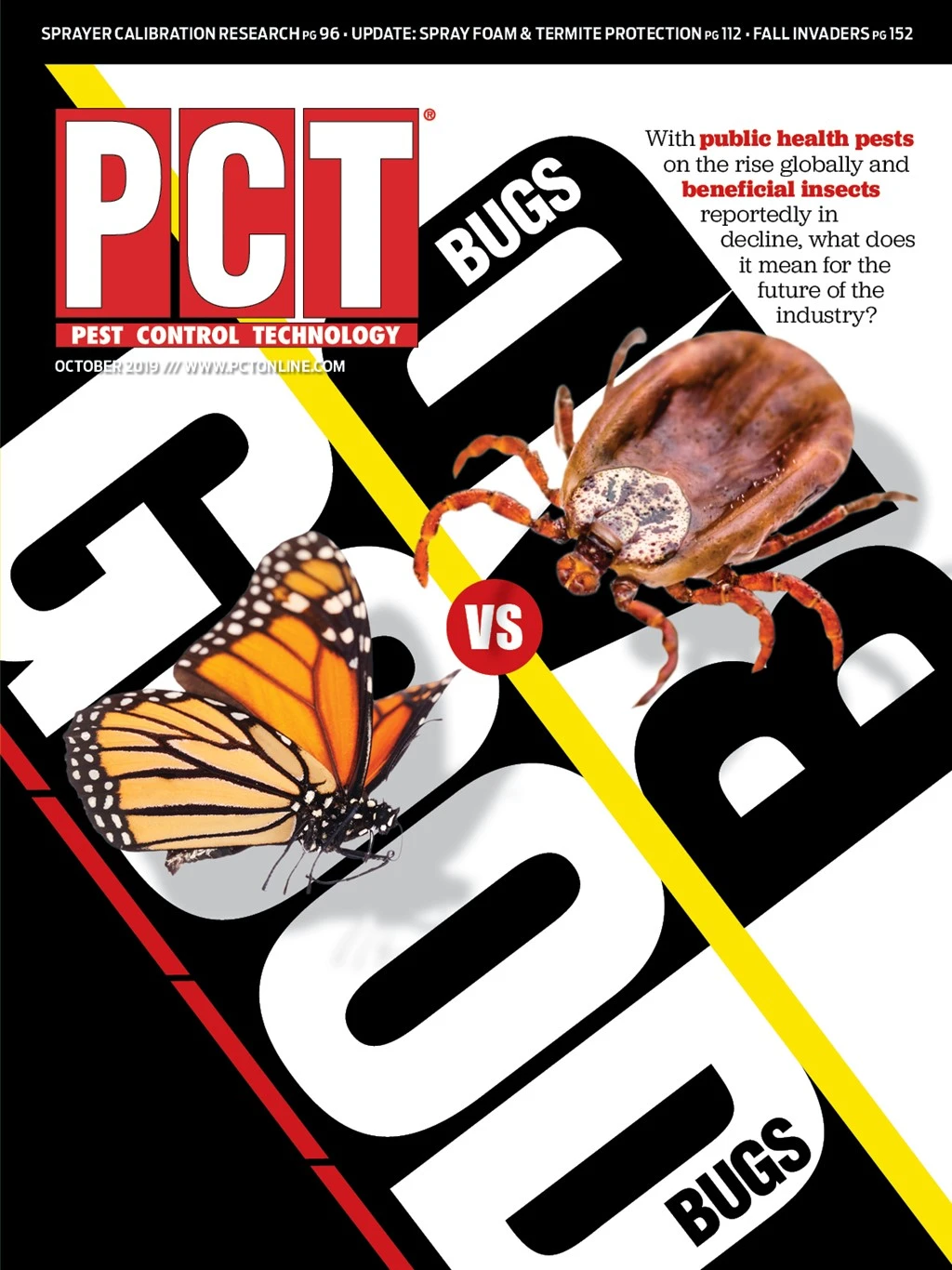What I admire most about the pest control industry is the public service element of our mission. Sure, PMPs are in business to earn a living and support their families, but the vast majority I’ve encountered during my 40-year career also are motivated by a genuine desire to protect the health and property of their customers.
The same is true of product suppliers serving the structural pest control industry, many of whom have the dual responsibilities of ensuring that an ever-growing global population has enough food to eat and water to drink. It’s a daunting corporate imperative, but one which companies like BASF, Syngenta, Bayer, FMC and Corteva Agriscience readily embrace, not only because it is core to their business, but it is core to their mission as a company.
These firms, by and large, are populated by scientists who understand the delicate balance of developing cutting-edge technology that will benefit mankind, but also potentially impact the environment. After all, by their very nature, pesticides are designed to control a target pest. But doing so comes with a certain amount of risk, risk that is mitigated by enhanced formulations, highly efficient active ingredients, proper pesticide application and the use of personal protective equipment. The fact of the matter is, today’s pesticides are more targeted, more efficient and more environmentally sensitive than at any time in our industry’s history. And I’m confident that 20 years from now the same will be true, as industry product suppliers continue to innovate, developing the next generation of pesticides and application equipment designed to kill the bad bugs, while protecting the good bugs.
That’s why we decided to tackle this subject in this month’s special report, which has been six months in the making. In covering this potentially controversial topic, which has gained traction as a result of recent coverage in National Geographic, The New York Times and other mainstream media outlets, we decided to address the issue through a pest control industry lens, reaching out to the wide array of stakeholders whose mission it is to protect the health and property of their constituents — PMPs, extension personnel, urban entomologists, university educators, association officials and industry product suppliers.
The result is “Good Bugs vs. Bad Bugs,” a simple headline addressing a complex topic. We hope our coverage not only provides food for thought as all of us do our best to kill the bad bugs and protect the good bugs, but also reinforces the essential public health role our industry plays. We have a compelling story to tell, so let’s tell it in the most transparent way possible. Anything short of that would be a disservice to our industry, an industry that has not only helped support our families, but more important, has had a positive impact on the quality of our customers’ lives.
The author is publisher of PCT magazine.
In preparing this month’s editorial package, PCT reached out to the National Pest Management Association (NPMA) for comment. A copy of their statement follows: “The National Pest Management Association was not involved in any of the research studies that indicate declining insect populations, and is therefore unable to speak to the specifics of the methodology and findings. Some of the published findings did make some sweeping statements that captured the interest of the news media, but were also met with mixed reviews among the entomology community at large. The studies also focused primarily on larger rural insect populations and tropical arthropods. When it comes to structural pest populations and the problematic pests we solve for, we’re actually finding the reverse of declining insect populations to be true. We’re not seeing any decreases in urban pests such as cockroaches, ticks and ants which can survive in diverse habitats and are quite different from the insects being studied here. We’ve also noticed increases in vector-borne diseases and increases in tick and mosquito calls across the industry.”
Get curated news on YOUR industry.
Enter your email to receive our newsletters.
Explore the October 2019 Issue
Check out more from this issue and find your next story to read.
Latest from Pest Control Technology
- Coalmarch Announces Transition to Private Ownership
- Termatrac Introduces iTraker Pro
- All-American Pest Control Celebrates Employees at Annual Awards Ceremony
- NEPMA PestVets Unit Collects Food and Clothing Items for Veterans
- When Can a Site Be Declared 'Bed Bug-Free?'
- PestWorld East 2025 Program Announced
- Hygiene IQ Uses Smart Sensor Technology to Detect Rodents
- Rollins Acquires Saela Pest Control






